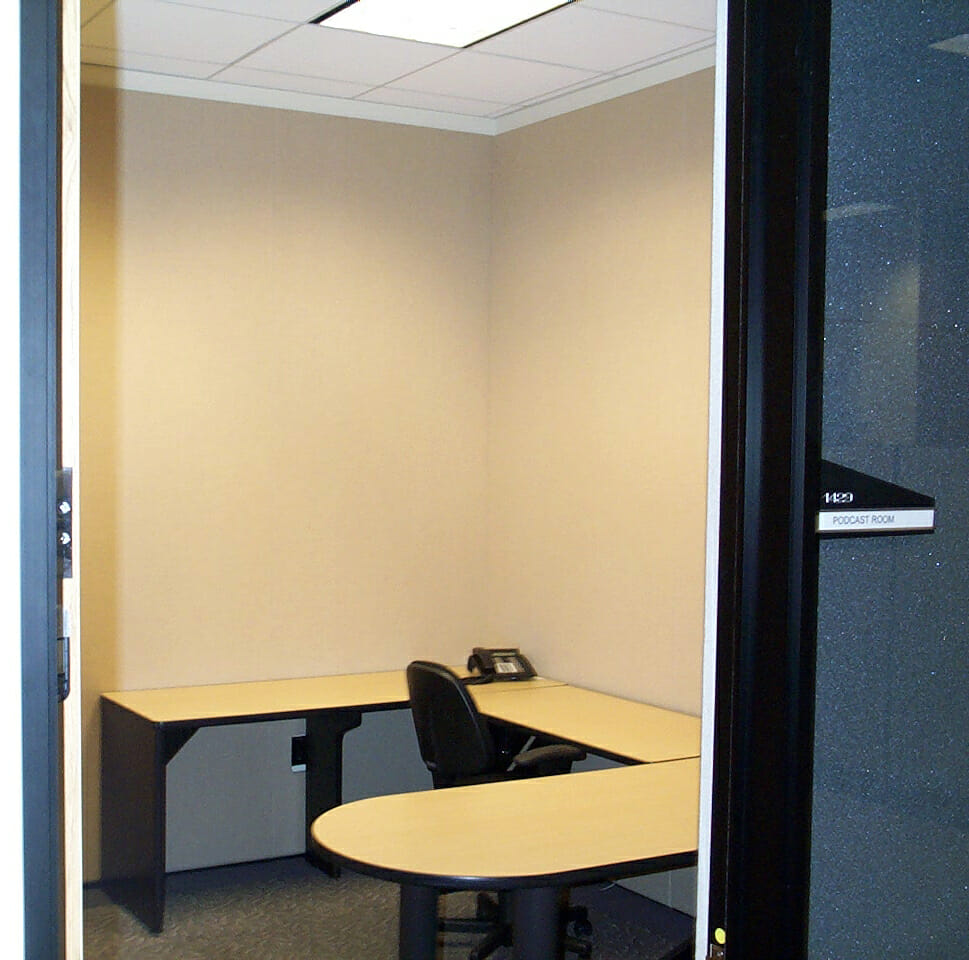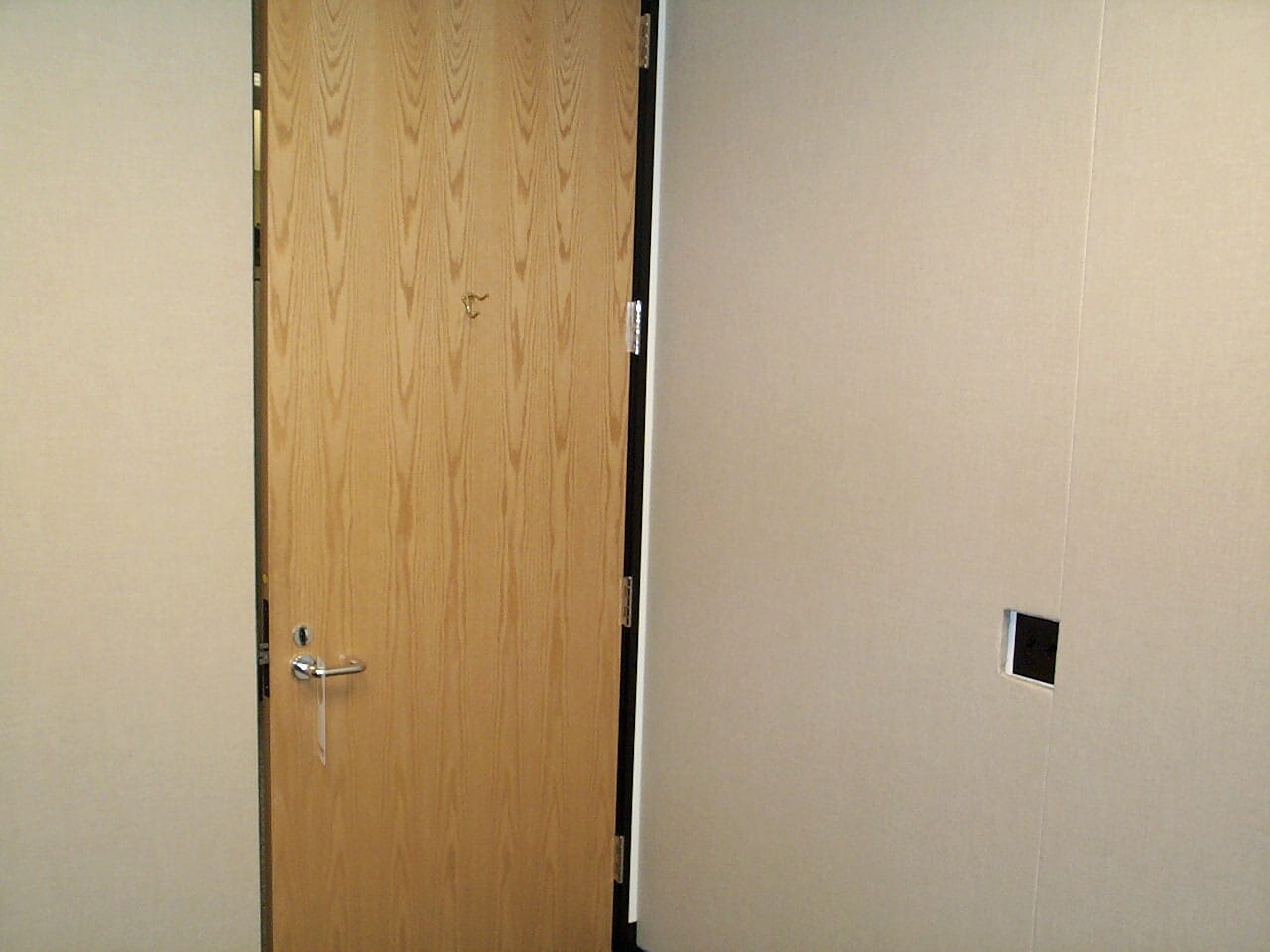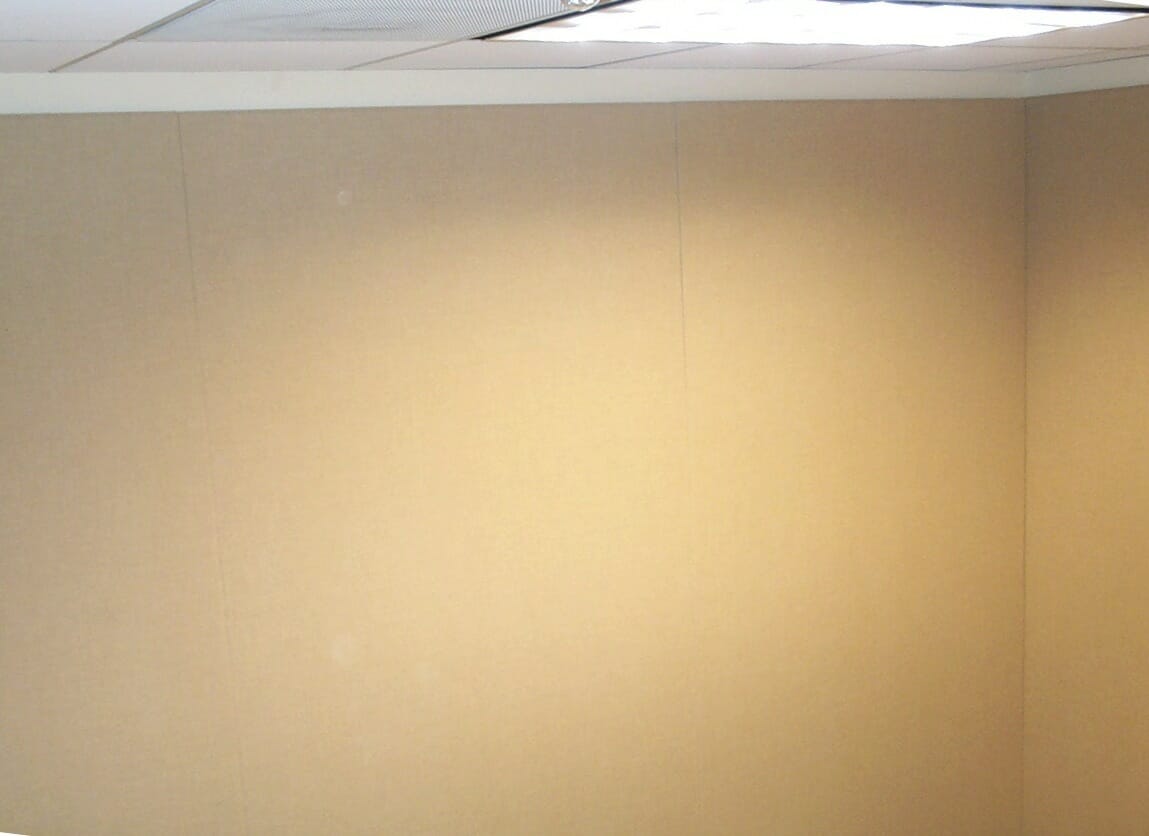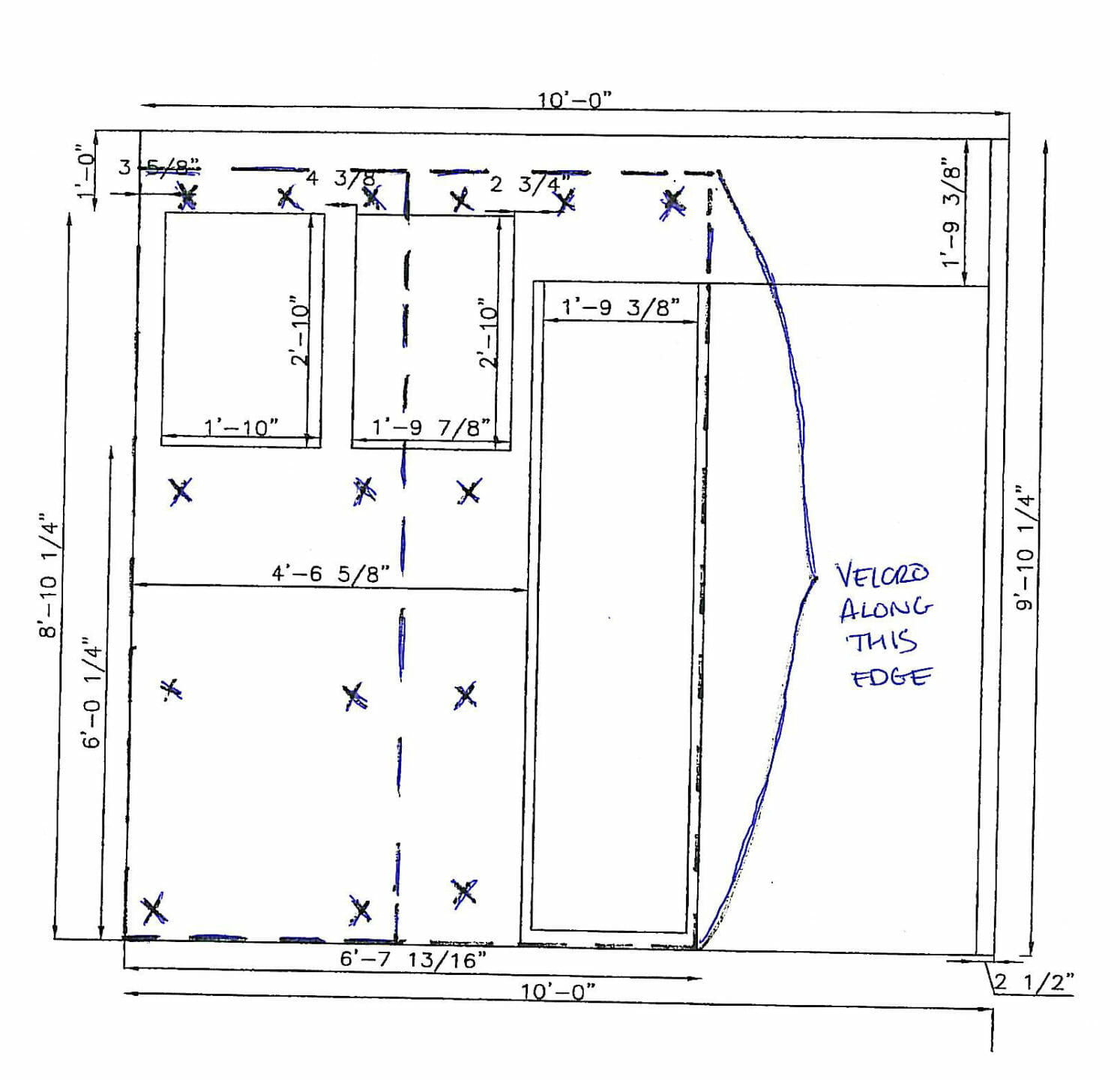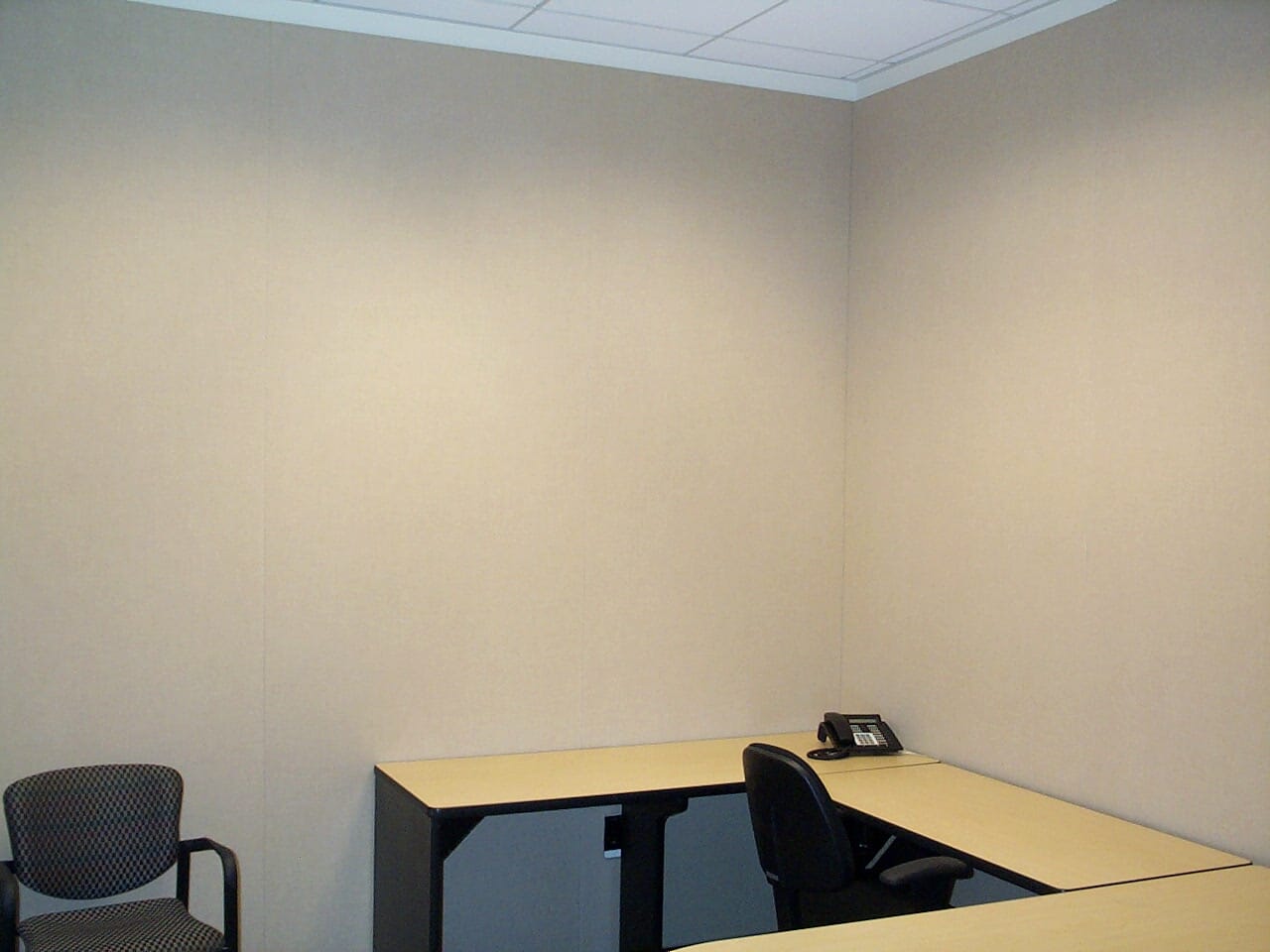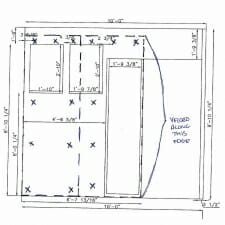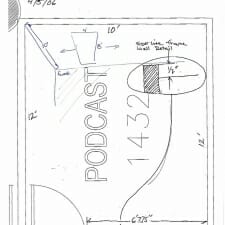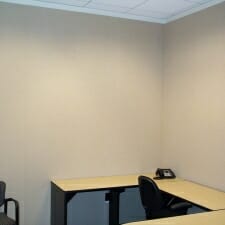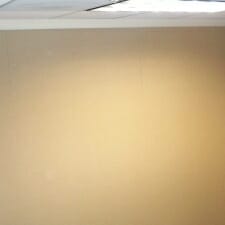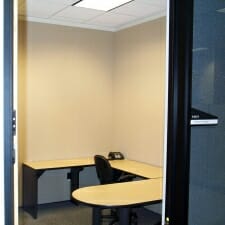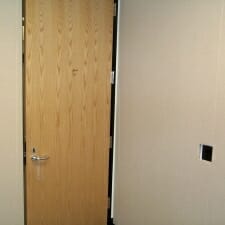PC World Podcast Room
Podcast Retrofit
By Ted Weidman
Podcasting. A term developed in the twentieth century with technology seeming to become more advanced by the minute. Podcasting is defined by wikipedia as: a media file that is distributed by subscription (paid or unpaid) over the Internet using syndication feeds, for playback on mobile devices and personal computers.[1] Basically, people create digital recordings that can be downloaded and played back via ipods, or other digital electronics.
After doing some research on our website, Peter from P.C. world called with some questions about some of our acoustical treatments. He explained to me that he was trying to retrofit a common office in their building which was to be used to record podcasts. Peter noted that they were looking to both improve the sound quality within the room as well as keep outside noise from disturbing anyone recording a podcast. The fact that they were looking to both attenuate as well as absorb sound limited the number of possible products that would work in this situation. I boxed up some product samples, literature and color cards and got them to Peter.
After receiving the samples, Peter and I decided that the only product that would work was the fabric wrapped fiberglass panels. The fact that these panels could absorb a great deal of the reflective sound combined with the fact that they could be both custom fabricated to fit the room dimensions but wrapped with a color of their choosing was greatly appealing for this situation.
Absorbing the reflective sound inside the room is easy, but to keep the sound from the hallway out of the podcast room, I decided that a variation on the standard acoustical panels needed to be used. We would back the standard fiberglass panels with a layer of our 1/8” thickness, one-pound per square foot mass loaded vinyl noise barrier. This vinyl is rated with an STC of twenty-six which would decrease the amount of sound that was passing thru the wall.
Because the window was a side-light for the door, normal wall mounting would require some modification. The “X” marks on the picture to the right represent two-part mounting brackets. For panels with such weight (approx 90lbs each) we like to use a minimum of 8 brackets per panel. With the window taking up a great deal of the back of the panels, we decided to use heavy duty Velcro along the metal strip framing the window. The Velcro could be adhered to the metal as well as to the back of the panel. Normally, we will encapsulate the vinyl between two layers of fiberglass. Because the back of each panel would be visible from the hallway through the windows, I decided that it would be a cleaner look if the vinyl was adhered to the back of each panel.
After the room measurements were taken and verified, Peter and I worked out a few other small details, and the order was sent off to production. These panels provide a very finished looking aesthetic as well as a very dead sounding acoustic which is great for the purposes of this room. Peter reported that people were lining up to use the Podcast room after the panels were installed because it sounded so good. The one-inch thick fiberglass panels are rated with an NRC (Noise Reduction Coefficient) of .70. When they are backed with the mass loaded vinyl, they are rated with an STC (Sound Transmission Coefficent) of .27.
If you have any questions about this installation, please feel free to contact Ted Weidman at 800.448.0121, or [email protected]



